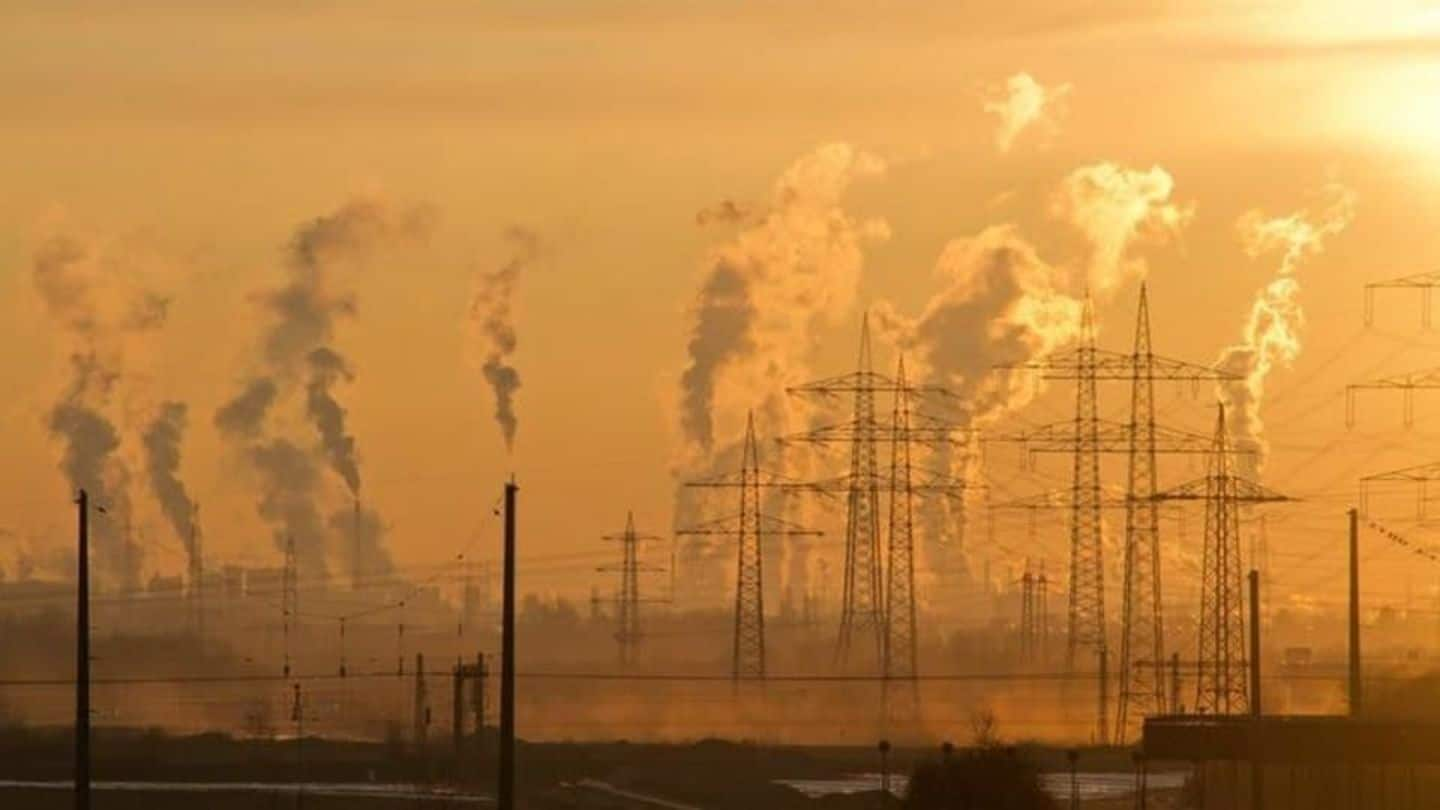
Countries submitting dodgy greenhouse gas data threaten Paris accord
What's the story
The Paris climate change agreement potentially faces a bigger threat than President Donald Trump's decision to withdraw the US from it. Evidence suggests that countries such as Italy, China and India have understated their greenhouse gas (GHG) emissions data to the UN, a BBC investigation has found. The Paris agreement depends on accurate data which drove negotiations to decide GHG emission cuts by countries.
Methodology
"Bottom-up" approach dictates how emission are measured and submitted
Each of the 195 countries which signed the Paris climate deal in December 2015 are required to submit an inventory of their respective GHG emissions, every two years. Most countries submit "bottom-up" records which are based on variables such as number of car journeys made, energy used for heating homes and offices or methane released by livestock.
Italy
Italy doesn't account for 60-80 tonnes of serious GHG emissions
Swiss scientists using air-sampling programmes found that 60-80 tonnes of a GHG gas called HFC-23, which causes 14,800 times more warming than carbon dioxide, is being released annually from a location in northern Italy. However, Italy claims the official GHG release in the location is two-to-three tonnes. This is equivalent to 80,000 people not releasing any CO2. Italy claims its inventory figures are correct.
China
China releases 10,000-20,000 tonne of banned gas that damages ozone
Swiss researcher Dr Stefan Reimann said China still releases between 10,000-20,000 tonnes of carbon tetrachloride. The gas damages the ozone layer and has been banned in Europe. It was once widely as a refrigerant and solvent. "There is actually no Chinese inventory for these gases, as they are banned and industry shouldn't be releasing them anymore," Remann said.
India
Data on India's methane emissions from livestock remain uncertain
Methane is the world's second most prevalent GHG after CO2 and its levels are increasing. India is home to 15% of the world's livestock. Methane released by livestock flatulence represents an important part of its India's GHG inventory. A researcher who monitors air in India said there could be 50% more or less methane levels than actually produced.